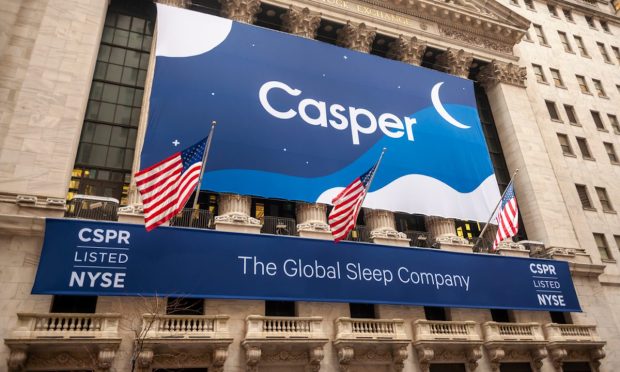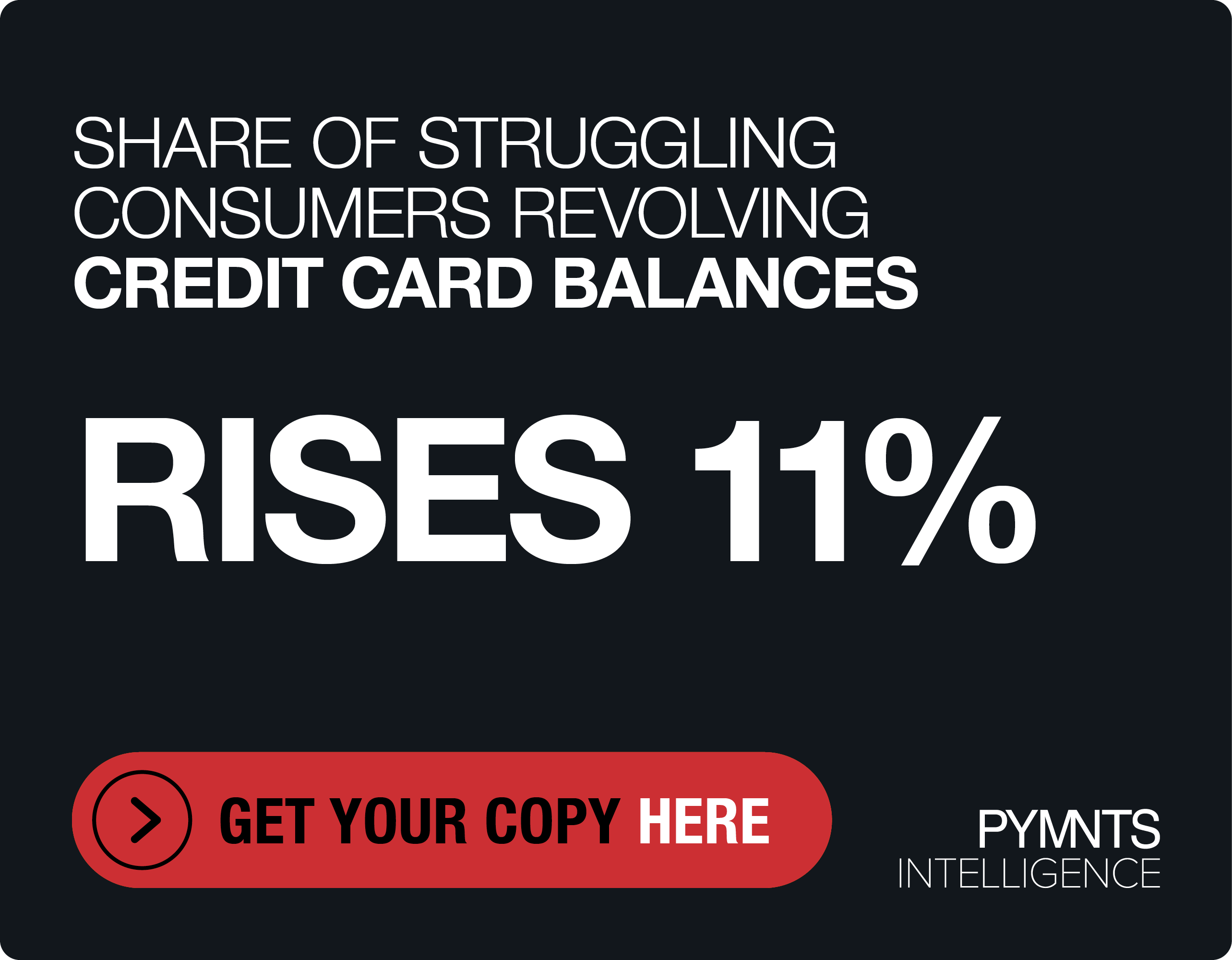Wall Street May Not Be as Loyal to D2C Firms as Their Customers

The parade of direct-to-consumer (D2C) listings continues. And while the consumers of D2C are staunchly loyal to the brands and the “lifestyles” that go along with them, one wonders if Wall Street will be as stalwart.
Payments firms and platforms have had their moments, or are still having them, where share prices remain buoyant in the face of rockiness in overall markets, grinding higher year to date. The theme in those cases: Digital transactions are here to stay. Platforms bring buyers and sellers together, seamlessly, across the globe. And the pandemic has given top-line torque to the PayPals, the Mastercards, the Amazons, the … well, you name it.
At this writing, Warby Parker has yet to begin trading.
A recent PYMNTS dive into the company’s filing shows that in a common theme among D2C firms, there is room for penetration for online sales in what has historically been a brick-and-mortar setting marked by inefficient interactions between retailers and consumers.
Warby noted in its filing to go public that upon its founding a bit more than a decade ago, 2.5% of glasses were sold online. That has grown to 8% across an industry worth $21 billion in the U.S. and $140 billion globally. The company noted that at present, its active customer base stands at more than two million individuals.
Breaking down the top line, the bulk of sales, at 95%, comes from the sale of the glasses themselves, 2% comes from contacts, 2% comes from accessories and 1% is from eye exams (the firm notes that D2C telehealth, which would include vision, is slated to surpass $16 billion by 2025). The company notes that 58% of its active customers in 2020 were first-time customers; that would imply the remainder are repeat customers.
Read more: Warby Parker’s IPO Filing: Red Ink, and a Vision for D2C Eye Care
And it is the repeat customers who may hold the key to the allure (and sustainability) of the D2C model.
The performance of other D2C peers has been uneven. Casper Sleep, for example, went public early in 2020 at $12; its shares recently traded at $4.75. Supply chain issues and a rough time meeting growing demand have proven to be headwinds for the firm.
More details: Casper, Purple Struggle With Capacity to Meet Growing Demand
The Honest Company has been seeing its share of speed bumps, too, amid litigation about its own listing. But recent headlines about that D2C firm – which sells staples such as diapers and skin care products – show the vagaries of having several channels in place to reach consumers.
Shares recently were trading at about $10.60, well off its IPO price of $16. Part of that is due to the fact that the company is faced with the challenge of a steep decline in its digital sales, which fell 24% year over year in the second quarter to $35 million; retail sales, on the other hand, grew by 51% to $40 million due to strong traffic at Target, Costco and other retail partners.
Related news: Honest Co.’s Soft Sales Causing Trouble on Multiple Fronts
Channel conflict may be an issue for D2C firms, as noted in a recent PYMNTS interview, where Vindicia Chief Financial Officer and Chief Operating Officer Roy Barak told Karen Webster that the solution for firms navigating that conflict is subscription commerce, leveraging the data and consumer experience gleaned from all channels to give the customer what they want, when they want it.
“Subscription is a subset of what most brands strive for,” he said. “And that’s a recurring relationship with a consumer … they have basically created another touchpoint and another sales channel with the consumer. They no longer go to a big-box store or an aggregator website online.”
As PYMNTS noted, for digital-first and digital-only firms fashioning their D2C approaches, recurring revenues can be sparked in a variety of ways. Companies can establish extreme brand loyalty that results in sporadic, one-time purchases timed far apart (luxury or big-ticket items) on an as-needed basis. On the other side of the spectrum, brand loyalty can drive subscriptions, cementing the “everything shipped to the home” economy.
Read next: Subscriptions Offer Recurring Consumer Touchpoint, Not Disruption
Repeat purchases, after all, do not require incurring new customer acquisition costs.
And that will be important to these D2C companies that have runway to build their top lines, but find that costs have led to plenty of red ink on the bottom line. Warby Parker, for example, lost $7.3 million in the first six months of 2021. The company posted net revenue of $393.7 million in 2020, 6.3% higher than 2019. Losses, however, widened to $55.6 million, up from $1.7 million in 2019. Wall Street may be willing to take a wait-and-see approach on the path to profits – but loyalty is a fickle thing.
